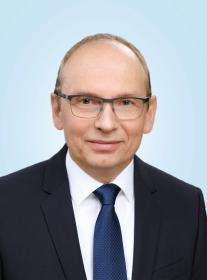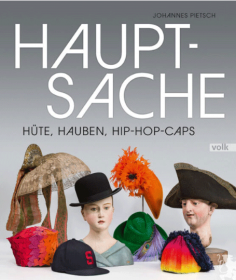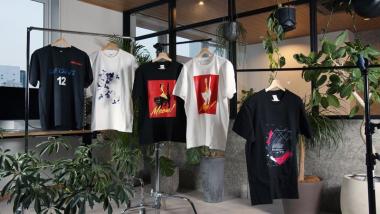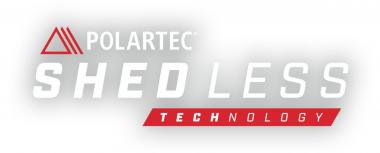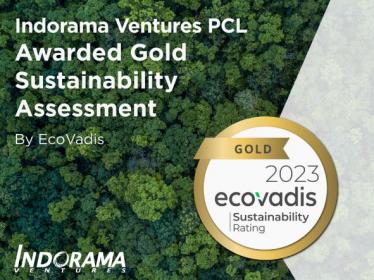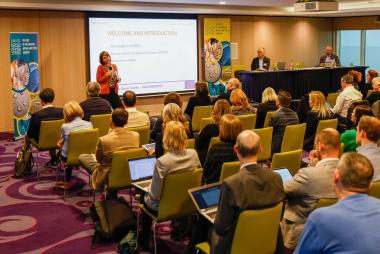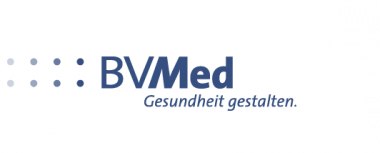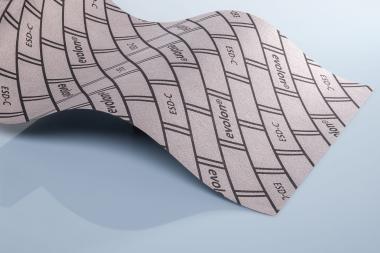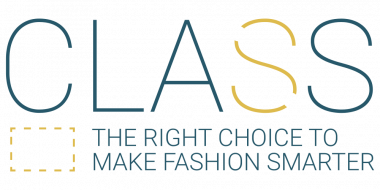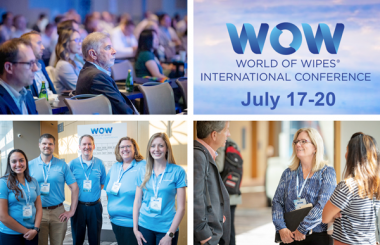New online tool maps PFAS hotspots in businesses ahead of EU ban
The EU's plans to ban PFAS (per- and polyfluoroalkyl substances) chemicals will have an immense impact on companies globally. Perhaps even more than expected, as many manufacturers are unaware that they may have PFAS chemicals in their product line. A new online tool, launched today by NGO ChemSec, will help to solve this problem.
Just a couple of weeks after the big PFAS restriction proposal in the EU was published, ChemSec launches the PFAS Guide, which helps companies investigate the use of persistent chemicals within their businesses. The main feature of the PFAS Guide is the searchable database uncovering different PFAS uses and functions. The online tool also provides guidance on different aspects of the phase-out process from regulation and investigation all the way to testing and supply chain communication.
“We’ve been working to support companies in chemical substitution for a long time, and the last few years we’ve gathered a group of companies working specifically on the PFAS issue. The discussions with them made it clear to us that a main challenge is understanding if and where in your business you may have PFAS”, says Dr. Anna Lennquist, Project Leader for the PFAS Guide.
PFAS are a source of growing concern
It has been estimated that 95 percent of all manufactured goods rely on some form of industrial chemical process. A large share of the chemicals used in these processes have been linked to adverse impacts on human health and the environment. PFAS are a clear example of this problem. PFAS have been manufactured and used in products such as make-up, non-stick pans, water- and greaseproof textiles, food-packaging materials, and firefighting foam since the 1950s and are still used in a wide variety of products around the world today.
But they are also substances of growing concern due to their problematic properties. Per- and polyfluorinated alkyl substances (PFAS) are a group of several thousand man-made chemicals that accumulate in the environment and cause health impacts for generations. They are, for example, linked to cancer, lung disease, diabetes, reproductive abnormalities and learning difficulties. Since PFAS do not degrade, these “forever chemicals” are now so widespread that is safe to say that every single human being on the planet have detectable levels of these toxic chemicals in their blood.
A couple of weeks ago, a big proposal to restrict PFAS in the EU was published. The five EU Member States behind the proposal submitted a broad restriction proposal that clearly shows the need for the industry to put all resources into phasing out all PFAS substances.




